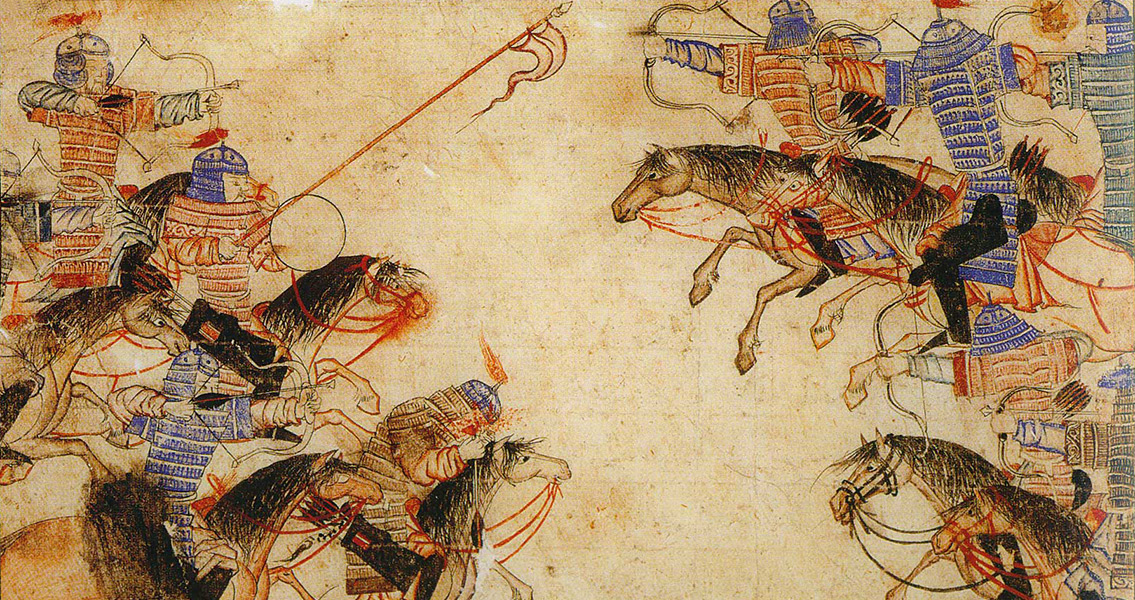<![CDATA[Military history is often obsessed with innovation. Length of spear or range of firearm are viewed as decisive factors in the rise and fall of civilisations. If one group gains a particular advantage, they gain in power and conquer those reliant on an outdated method of fighting. This is, however, not always the case. In Iran, incredibly few military innovations occurred in the 800 years after the year 550 CE. We must understand this period as one of essential functionality in terms of the military system. It would be incorrect to view Medieval Iran as a dysfunctional society, under continual upheavals as a result of constant military innovation. Eduard Alofs has been examining this period of Iran's history. He notes that by understanding Medieval Iran as a stable and well-functioning military system, we are able to view how Iranian soldiers behaved. "It also opens up the possibility of using the vast amount of sources from this period to reconstruct this military system," Alofs writes in the report of his findings, published in the most recent edition of the journal War in History. One of the most enduring images of Iranian warriors is of the mounted horse archer. It was these fearsome warriors who defeated Roman legions when they ventured eastward into Arabia. Of course, the Iranian military did not solely consist of mounted archers. Alofs notes that numerous sources from Medieval Iran attest to a large contingent of unarmed support personnel. "The armoured horse archer, could only function in battle with his full equipment, some of which might be his personal property," Alofs explained. "[Numerous sources describe] clerks carefully [noting] the equipment each soldier had brought at his own expense, so that he would be compensated and the deficiency would be supplied from the government arsenal and stables." Throughout the Medieval period, the equipment of Iranian mounted archers remained incredibly consistent. Reports of what weapons and armour each soldier had reveal that every horseman was required to carry a bow and lance; swords were also common. For protection, a metal shirt, helmet, and armour for both arms and legs were worn. Round shields were used frequently and armoured hoods were commonly worn underneath the helmet as added protection for vulnerable areas. Horses, also, were usually well protected. Alofs notes that large numbers of support personnel were required to facilitate large, heavily-armed cavalry forces. These included "various kinds of craftsmen, such as masons and bricklayers to repair or erect fortifications, carpenters to build artillery, bowers and blacksmiths to repair the arms and armour of the soldiers, and tailors, cobblers, and saddle-makers to repair their other equipment." It is clear that the mounted archer, prevalent in Medieval Iran, was a formidable fighting force. For 800 years they were the most effective military entity in the Arabic world, as evidenced by their continuity throughout the Medieval period. Alofs' work allows us to properly glimpse their full power, as shown through their fearsome array of weapons and armour. He also emphasises that these warriors required significant support from unarmed personnel. This stratification of people in the Iranian military allows us to glimpse the social structure of the time: those who could afford arms and horses were superior to those who could not. Interestingly, these lower ranks were expected to follow armies on campaign, providing support and maintaining the army. For more information: www.wih.sagepub.com Image courtesy of Wikimedia Commons user: Yaan]]>
Mounted Archers' Fearsome Arsenal Revealed
